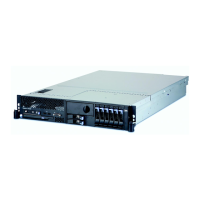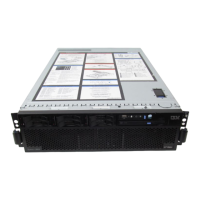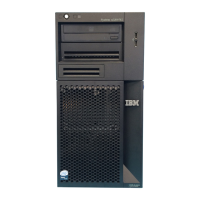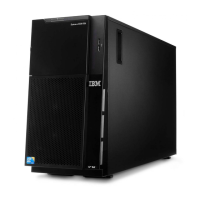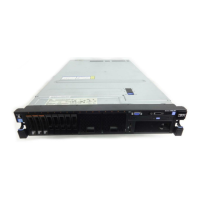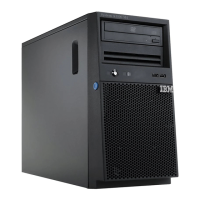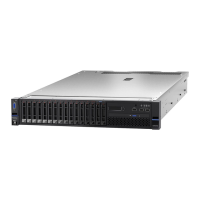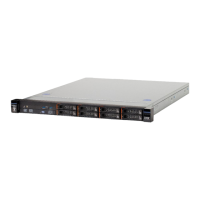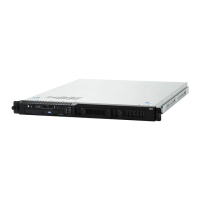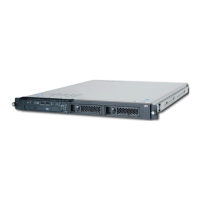* online: 1. Pertaining
to
equipment
or
devices
under
control
of
the
central processing
unit. 2. Pertaining
to
a user's ability
to
interact
with a
computer.
online
test executive program (OL TEP):
The
control program
of
the
online
test
system. OL
TEP
is
the
interfaoe between
the
online test and
the
operating system.
on-line
test
system:
A control program, OLTEP, and a series
of
tests (OL Ts) designed
to
test
I/O devices while permitting normal system processing
in
the
foreground par-
titions.
operand:
1. •
That
which
is
operated
upon.
An operand
is
usually identified by
an
address
part
of
an instruction. 2. I
nformation
entered
with a
command
name
to
define
the
data
on
which
the
command
processor operates and
to
control
the
execution
of
the
command
processor.
operator
command:
A
statement
to
the
control
program, issued via a console device,
which causes
the
control program to provide requested information, alter normal
operations, initiate new operations,
or
terminate
existing operations.
output
queue: A
queue
of
control
information describing system
output
data
sets,
that
specifies
to
an
output
writer
the
location and disposition
of
system
output.
output
writer: A
part
of
the
job schaduler
that
writes
output
data sets
onto
a system
output
unit,
independently
of
the
program
that
produced such data sets .
• overflow: 1.
That
portion
of
the
result of an operation
that
exceeds
the
capacity
of
the
intended
unit
of
storage. 2. Pertaining
to
the
generation of overflow as
in
11).
p
page:
1.
A fixed-length block
of
instructions,
data
or
both,
that
can
be
transferred
between
real storage and external page storage. 2.
To
transfer instructions, data,
or
both,
between real storage
and
external page storage.
page
dB1a
set: An
extent
in auxiliary storage, in which pages are stored.
PII!JII
fault: A program
interruption
that
occurs
when
a
page
that
is
marked
"not
in
real storage" is referred
to
by an active page.
Synonymous
with page translation
exoeption.
page
frame: A 2K block
of
real storage
that
can contain a
page.
page
frame table: A table
that
contains
an
entry
for each frame. Each frame
entry
des-
cribes
how
the
frame
is
being used.
page
pool:
The
set
of
all page frames
that
may contain pages
of
programs
in
virtual
mode.
page
tabte
(PGT): A table
that
indicates
whetMer
!::I
pagr:'
i~
in
real
S'tor8:gt:'
~nd
t:or.
relates virtual addresses with real storage addresses.
page translation
exception:
A program
interruption
that
occurs when a virtual address
cannot
be
translated by
the
hardware because
the
invalid bit in
the
page table
entry
for
that
address
is
set. See also segment translation exception, translation specification
exception.
paging
The
process
of
transferring pages between real storage and
the
page data set.
parallel processing: Concurrent execution
of
one
or
more
programs.
•
pa-ameter:
A variable
that
is
given a
constant
value for a specific purpose
or
process.
partition:
1. In OSIVS1, a division
of
the
dynamic area of virtual storage, established
at
system generation. 2.
In
DOSIVS, a division
of
the
virtual address area
of
virtual
storage
that
is
allocated
for
programs
that
may be paged.
Page
7·8

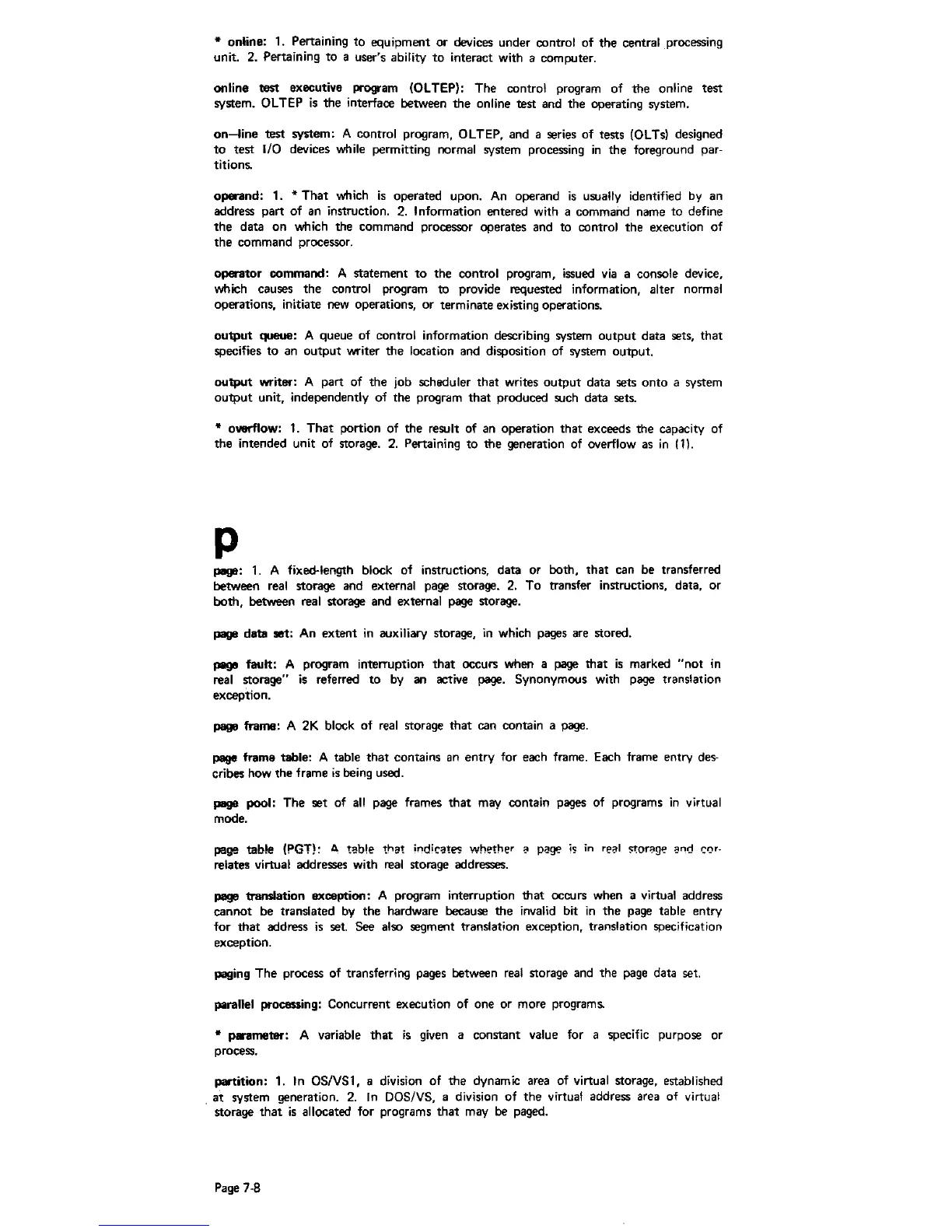